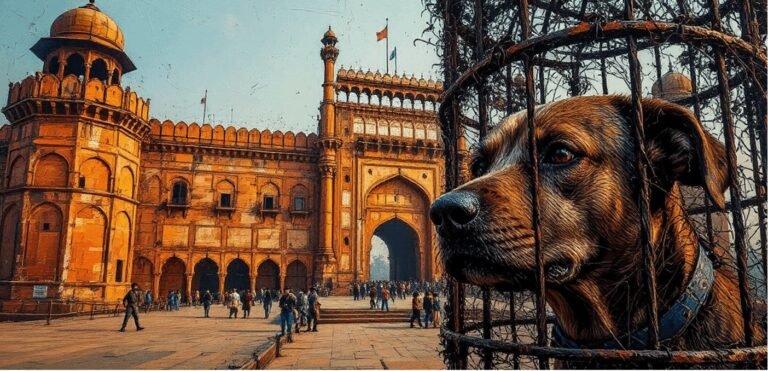By ThePawpaa
Originally inspired by African Travel Canvas’s 2022 article, with references to the documentary Brothers in Blood: The Lions of the Sabi Sand directed by Daniel Huertas.
—
Introduction: A Legend Roars Through the Wild
In the heart of South Africa’s Sabi Sands, within the expansive Kruger National Park, a legend was born — not of kings or conquerors in human form, but of six lion brothers whose reign shook the natural order. Known as the Mapogo lion coalition, their saga of dominance, brutality, and brotherhood is one of the most riveting tales of the wild.
Immortalized in the acclaimed wildlife documentary Brothers in Blood: The Lions of Sabi Sand (2015), their legacy is etched in both folklore and scientific curiosity.
—
The Beginning: Six Brothers Who Shook the Savannah
The story of the Mapogo lions began in March 2006, when a coalition of six male lions emerged to claim their own territory. Named Makulu, Pretty Boy, Rasta, Dreadlocks, Kinky Tail, and the infamous Mr. T, these lions came from the Sparta/Eyrefield Pride, except for Makulu, who hailed from a different lineage.
Unlike most male lions who enter new territory cautiously, the Mapogos roared their arrival with merciless force — killing resident males and wiping out entire prides. Over their reign, they reportedly killed more than 100 lions, including adult males, cubs, and females — a level of aggression rarely observed in lion behavior.
Their name, Mapogo, was inspired by Mapogo A Mathamaga, a now-defunct South African security company infamous for its vigilante justice — a fitting metaphor for the coalition’s ruthless control.
> Source: African Travel Canvas (2022), The History of the Infamous Sabi Sands Mapogo Lion Coalition
URL: African Travel Canvas Blog
—
What Makes a Lion Coalition?
In typical lion society, males leave their natal pride at age 2-3 to eventually form their own prides by challenging and overthrowing existing male leaders. When males group together, they form what’s called a coalition — often consisting of brothers or cousins, though unrelated males may sometimes bond for mutual survival.
Coalitions offer key advantages:
Stronger territorial control
Longer reigns as dominant males
More access to lionesses for mating
Better hunting success and protection
At six members strong, the Mapogos were exceptional — most coalitions consist of two to four lions. Their numbers and loyalty gave them a staggering edge in combat and control.
—
The Reign of Terror and Power
The Mapogo coalition controlled a vast territory of around 70,000 hectares, ruling over eight different prides. They decimated rival lions and even engaged in cannibalism — an extremely rare behavior among lions — by eating their enemies.
Their rule fundamentally reshaped the Sabi Sands ecosystem. The lack of new bloodlines and the mass slaughter of rival males disrupted the natural rotation of prides and territories, and their iron grip created a vacuum in which only the strongest could survive.
Makulu was the coalition’s oldest and often the leader in diplomacy, while Mr. T became infamous for his violence, once killing cubs from his own bloodline after briefly forming a breakaway duo with Kinky Tail. These internal power dynamics added both drama and fragility to their otherwise unified front.
—
The Fall of Giants
Even legends must fall.
The first significant blow came when Kinky Tail was killed in 2010 by the rival Majingilane coalition. Mr. T briefly returned to the remaining Mapogos before facing his own tragic end in 2012. Outnumbered, he was killed by the Selati coalition, another rising force in the region.
After the death of Mr. T, the coalition dissolved gradually. Makulu and Pretty Boy were the last Mapogos seen together. They were eventually ousted by younger males, and sightings became rare. Makulu was last seen alone in 2013, at nearly 15 years old — a remarkable age for a male lion, whose average life expectancy is 8 to 10 years in the wild.
—
Controversy and Conservation: Should Humans Have Intervened?
Given the coalition’s brutal reign, some observers and commenters argued that wildlife officials should have stepped in to protect the lion population. Over 100 lions lost their lives due to the Mapogos — a potentially huge blow to genetic diversity and conservation efforts.
However, conservationists remind us that nature is not always kind, but it is balanced. Coalitions like the Mapogos are part of the evolutionary process. While their reign was bloody, they also likely sired hundreds of cubs, strengthening their genetic legacy.
> “While it certainly is harsh, it’s just the nature of lions fending for themselves in the wild.”
— African Travel Canvas
—
Immortalized in Film: Brothers in Blood: The Lions of Sabi Sand
To truly grasp the power and story of these lions, one must watch Brothers in Blood: The Lions of Sabi Sand. Directed by Daniel Huertas, the 2015 documentary aired on Animal Planet as an eight-part series and covers 16 years of footage — a rare and intimate window into the rise and fall of this legendary coalition.
The film combines footage from amateur and professional wildlife videographers and includes interviews with eyewitnesses — rangers, trackers, and conservationists — who watched the Mapogos’ saga unfold in real time.
> Watch it on Amazon Prime Video or purchase it from online retailers.
—
Legacy: The Mapogo Lions Live On
While the Mapogo coalition no longer walks the Sabi Sands, their story is far from forgotten. Visitors, guides, and wildlife lovers still whisper their names — Mr. T, Makulu, Kinky Tail — as a testament to their unmatched dominance.
Statues haven’t been erected yet, but their memory stands tall in the minds of safari-goers and wildlife enthusiasts across the globe. They remind us that in the wild, power comes with a price, and even kings must eventually fall.
—
Want to Follow in Their Footsteps?
If you’re interested in exploring the lands once ruled by the Mapogo coalition and learning about current coalitions in the area, consider a safari tour through Kruger National Park or Sabi Sands Game Reserve. Reach out to travel experts like African Travel Canvas who offer personalized safari experiences.
—
Further Reading and Credits:
African Travel Canvas Blog
Brothers in Blood: The Lions of Sabi Sand (2015), directed by Daniel Huertas, Animal Planet
Kruger National Park official site








